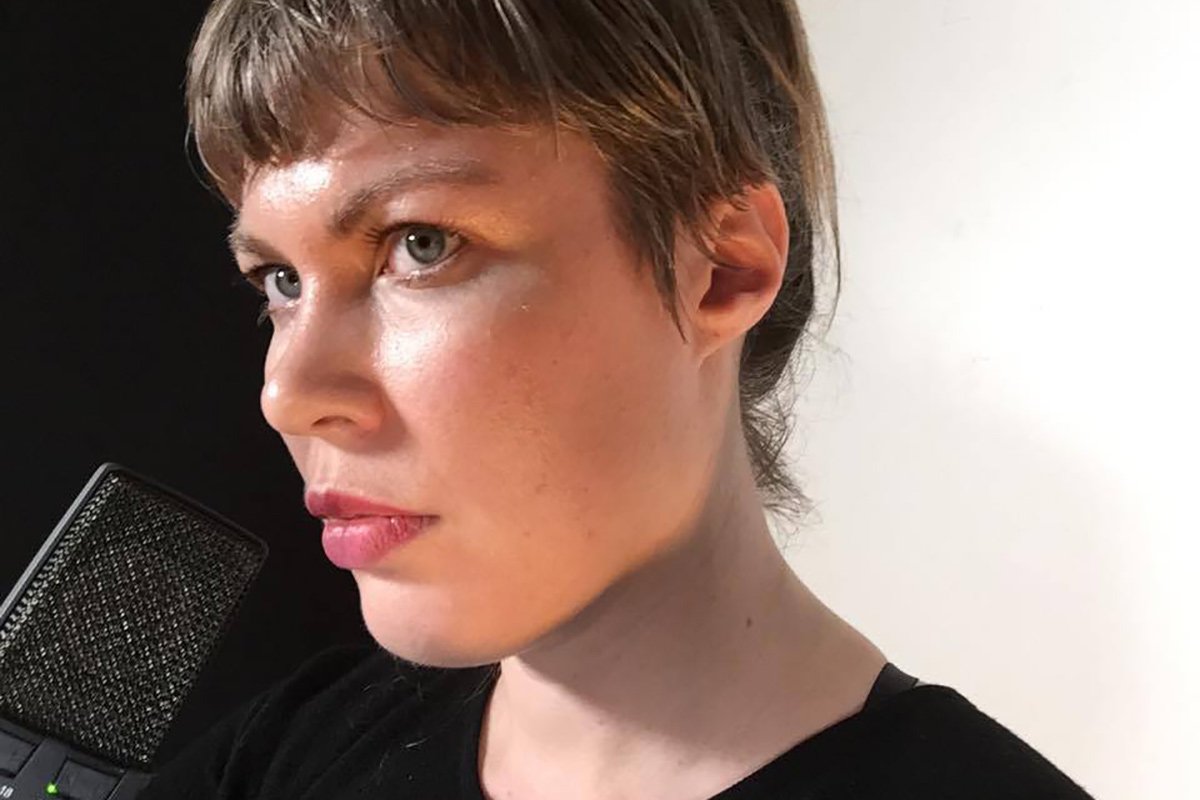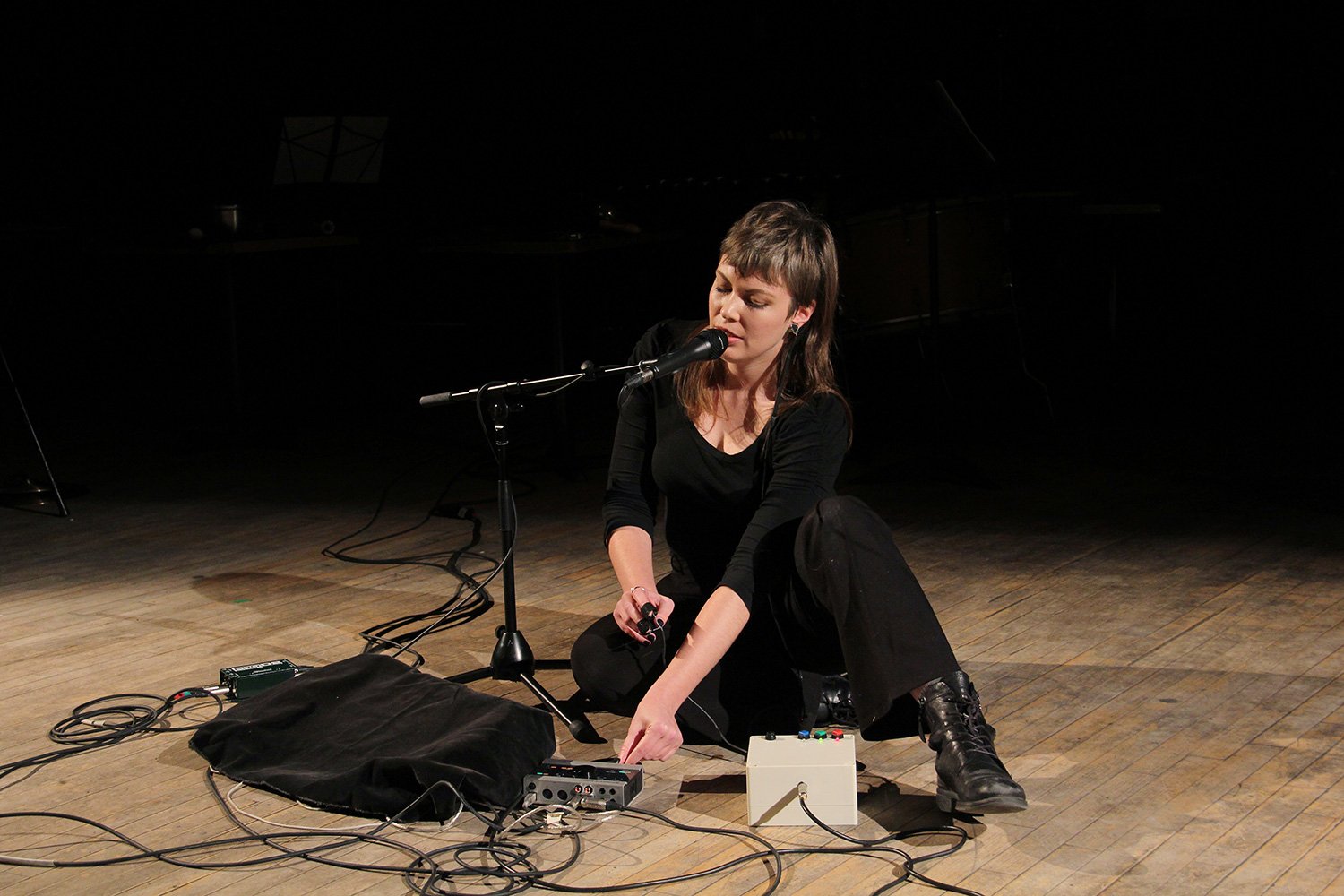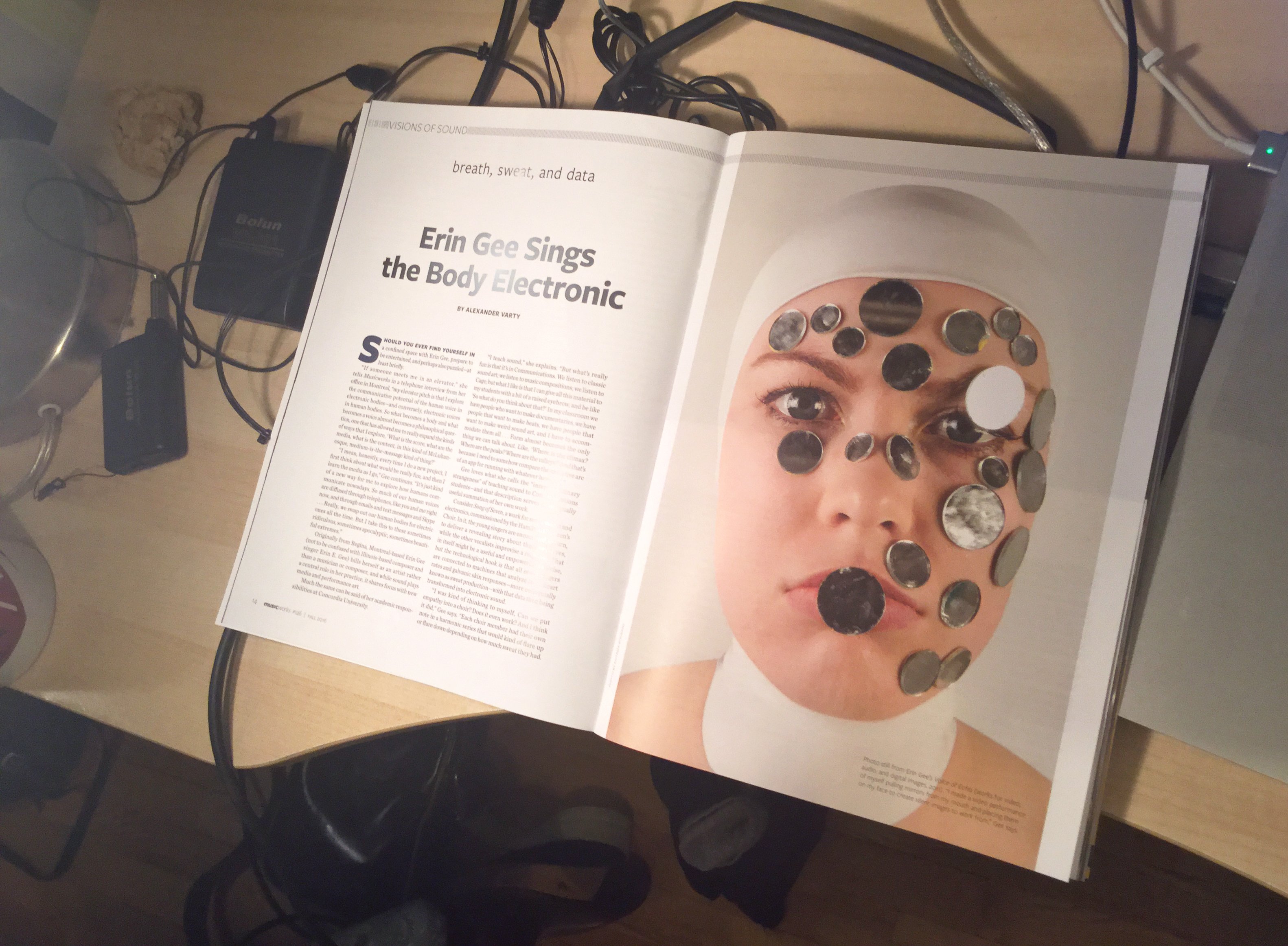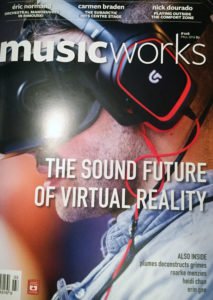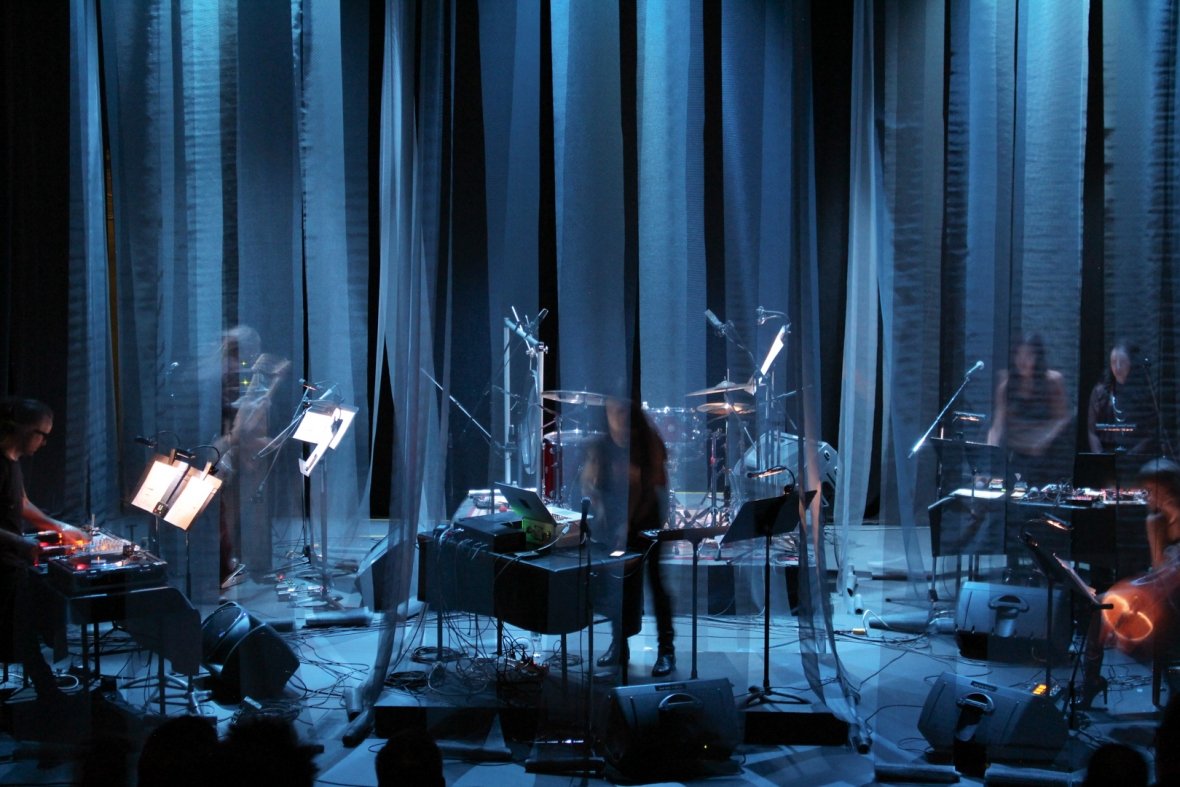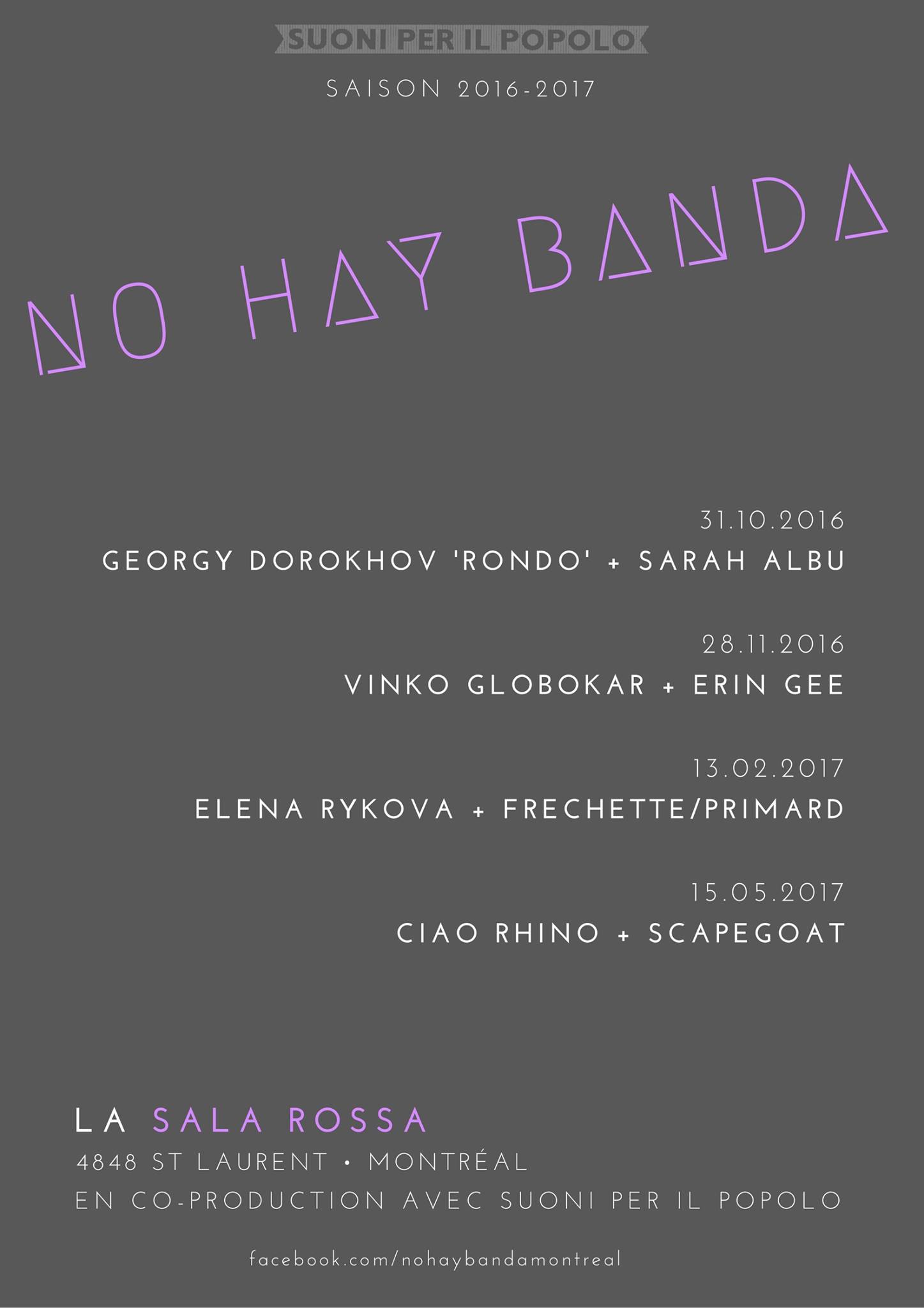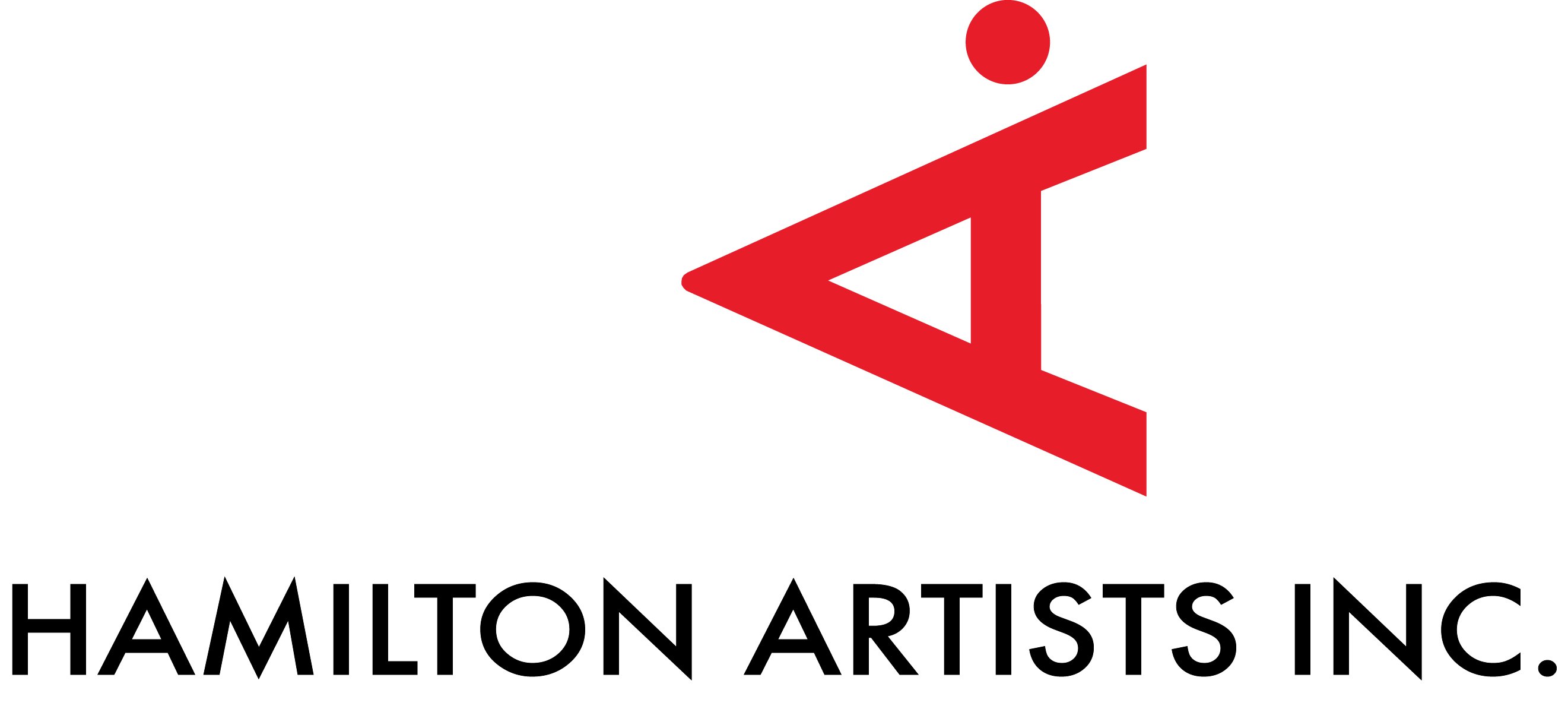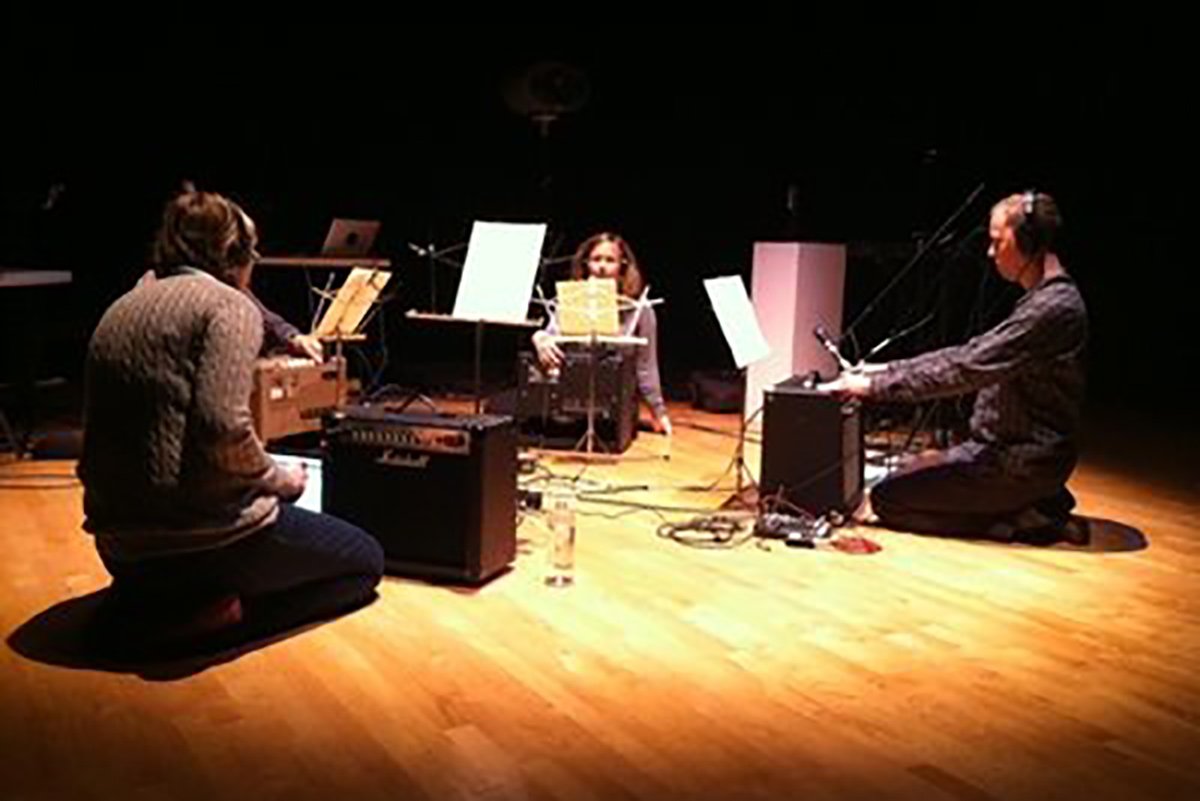of the soone
of the soone (2018) Print
2018
A disembodied voice invites the listener to partake in a speculative audio treatment that promises to awaken underdeveloped neural passageways through exposure to the non-human processes of neural network language acquisition.
In this work, media artists Erin Gee and Sofian Audry expose listeners to the architectures of an artificial intelligence algorithm through the sounds of an Autonomous Sensory Meridian Response (ASMR) roleplay. ASMR is a genre of audio and videomaking developed by internet aficionados interested in using specific everyday sounds (whispering, soft voice, crinkling and textured sounds) alongside verbal suggestion to “trigger” pleasant tingling reactions in the body of the listener. The artists combined these ASMR principles of sound with artificial intelligence to create a speculative neural conditioning treatment. In of the soone, the listener encounters a soft female voice that whispers a script written by a machine learning algorithm as it slowly loses its neural training and “forgets.” This combination of algorithmic text and ASMR connects the unconscious, automatic processes of artificial intelligence algorithms to the autonomous reactions of the human body to sound, using intimacy to “hack” into the subconscious of the human listener and recondition neural pathways.
Exhibition history
October 2020: Digital Cultures: Imagined Futures Audio Programme curated by Joseph Cutts. Adam Mickiewicz Institute, Warszawa Poland
June 9 to August 19, 2018: Pendoran Vinci. Art and Artificial Intelligence Today curated by Peggy Schoenegge and Tina Sauerländer. NRW Forum, Düsseldorf, Germany
January 2018: Her Environment @ TCC Gallery, Chicago
Sounds
of the soone (2018)


